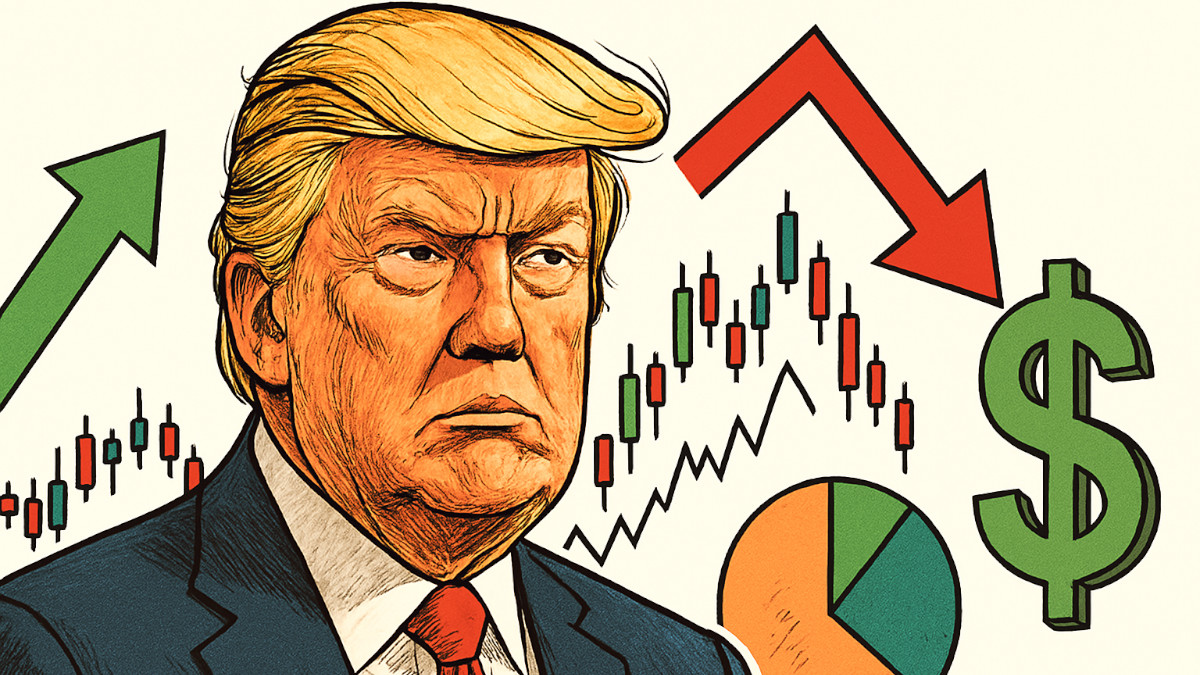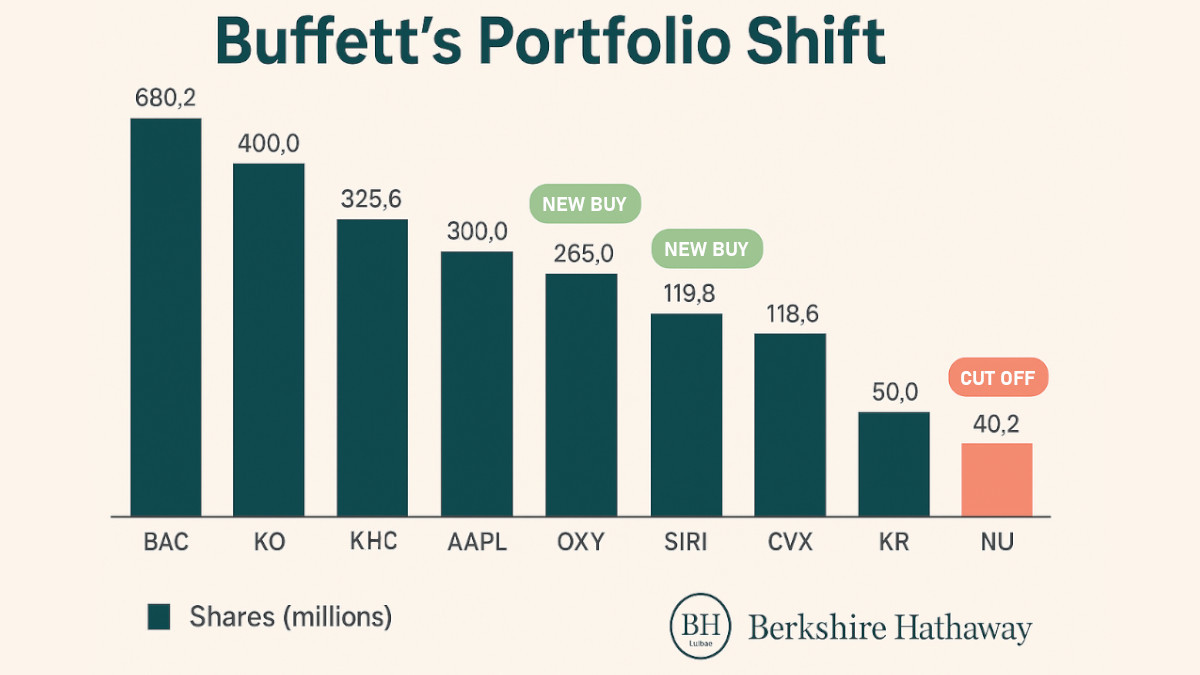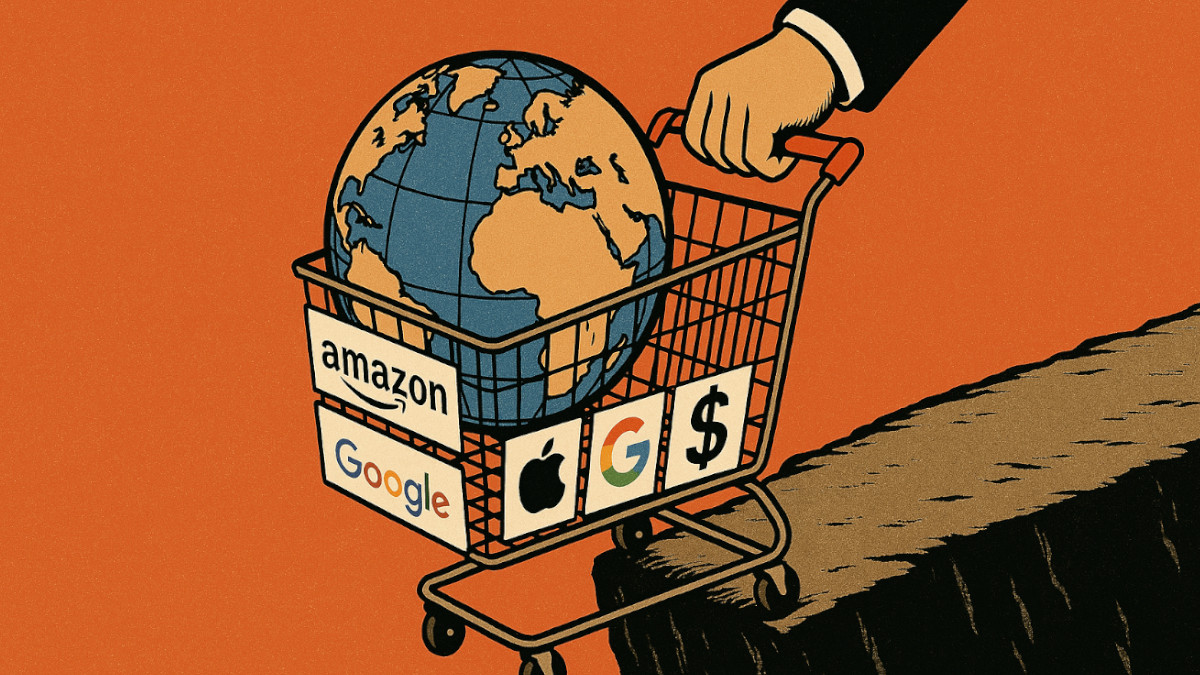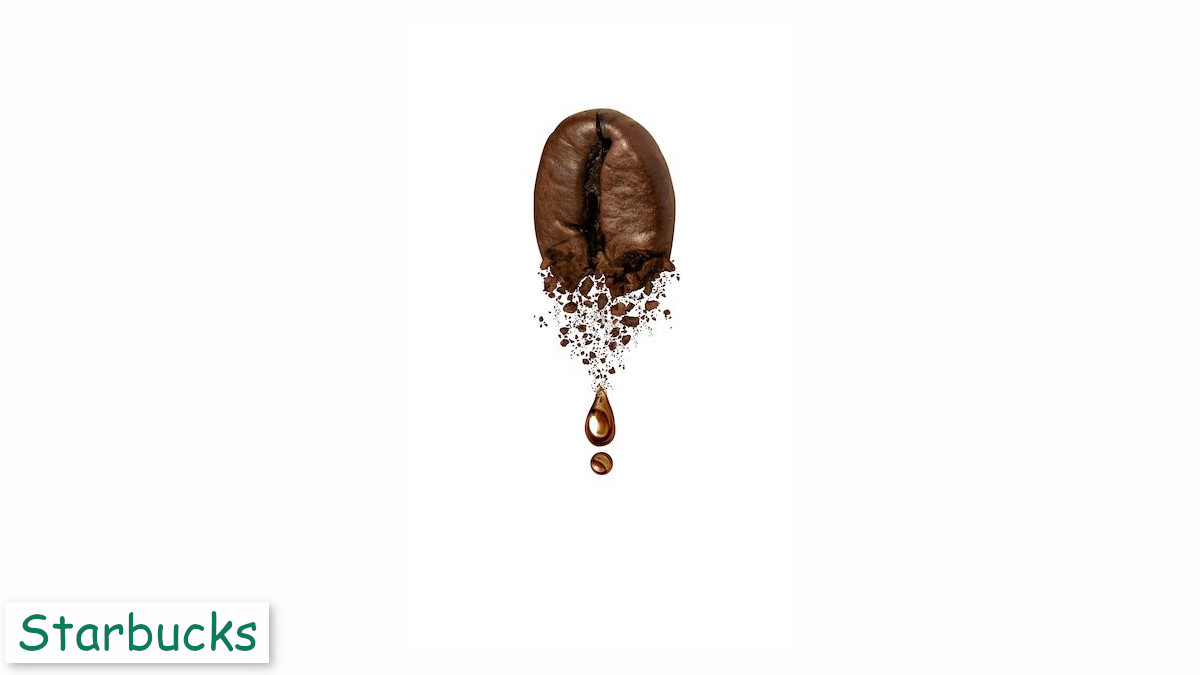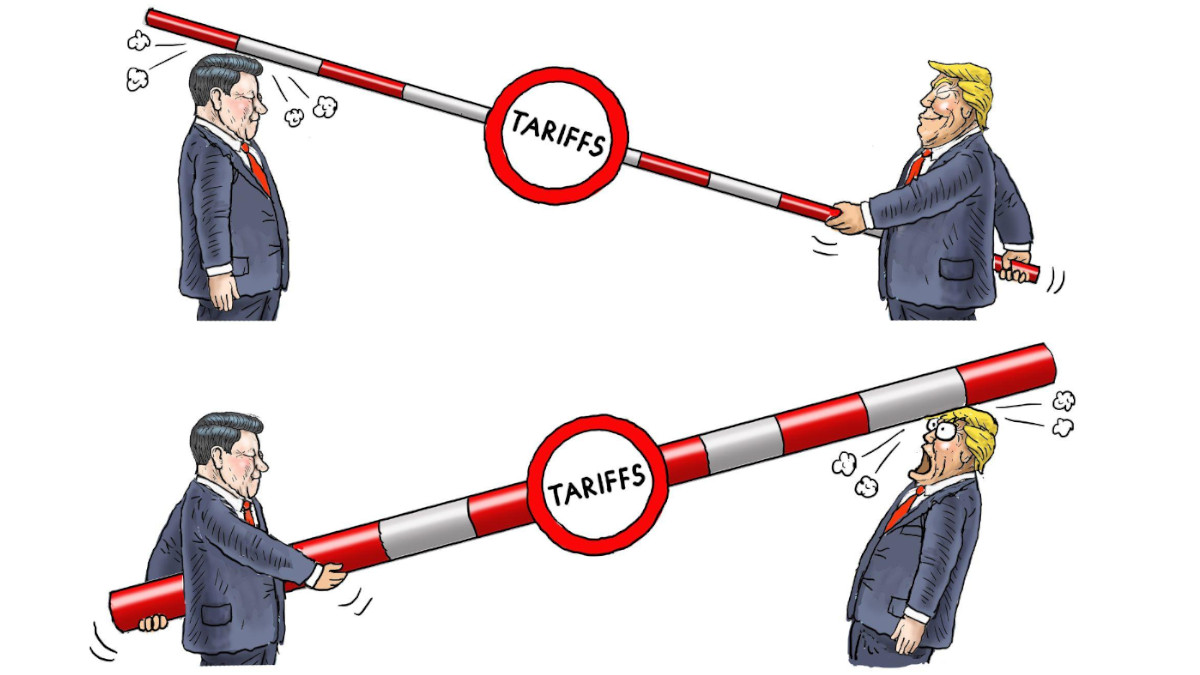- Analytics
- Trading News
- The Santa Claus Rally
The Santa Claus Rally
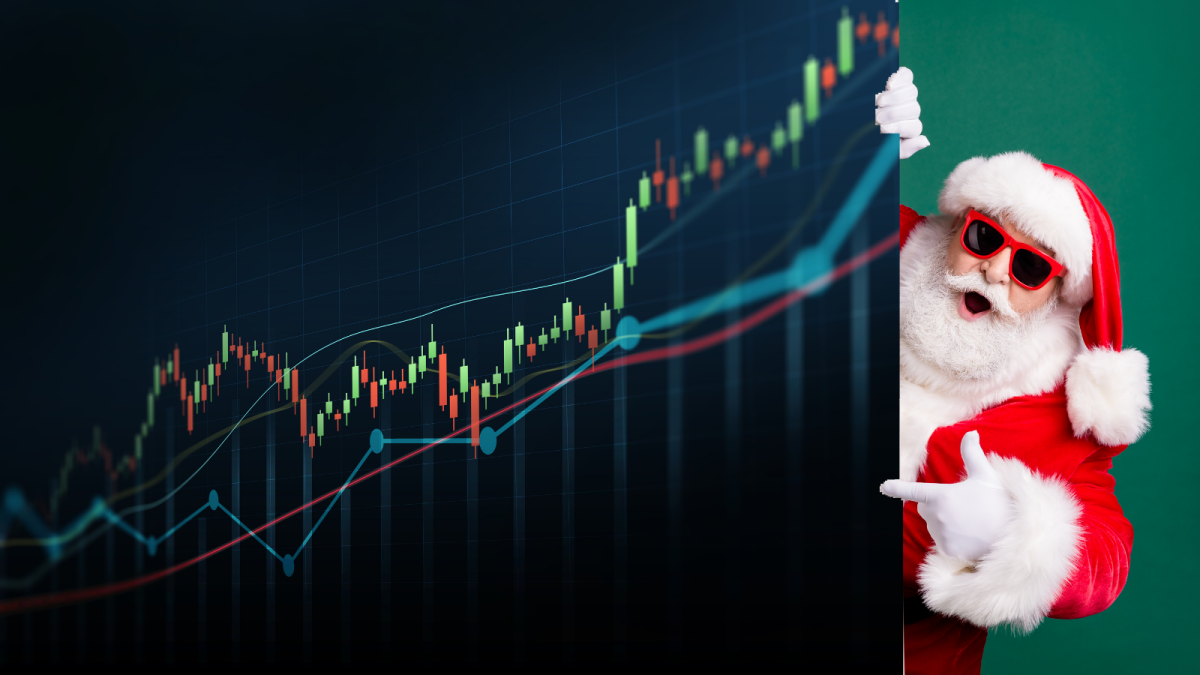
The "Santa Claus rally" is one of those quirky trends that pop up in the stock market. It’s when stock prices tend to climb during the last five trading days of December and the first two trading days of January. First noted in 1972 by Yale Hirsch in the Stock Trader’s Almanac, this phenomenon has fascinated investors and analysts for decades. But what’s behind it, and does it still matter?
What the Numbers Say
Since 1950, the stock market has averaged a 1.3% gain during this seven-day window. It happens about 76% of the time, making it much more common than your average seven-day stretch. However, it’s worth noting that in the weeks leading up to Christmas, stock prices don’t seem to perform any better than usual.
Now, anomalies happen, too. Take the 2024-2025 holiday season as an example. Instead of a rally, we got a reverse Santa Claus rally. The SP 500 sold off every business day between Christmas and New Year’s—a first in the index’s history. Talk about a plot twist!
Why Does This Happen?
The Santa Claus rally doesn’t have one clear explanation, but there are a few popular theories:
- Investor Optimism for the New Year Some think it’s about people gearing up for the "January effect," where small-cap stocks often outperform at the start of the year.
- Lower Trading Volume With many traders on holiday, the market has less participation. This lower volume can make it easier for prices to move upward.
- Tax-Loss Selling Pauses December often starts with investors selling losing stocks to claim tax benefits. Once this selling slows down later in the month, it can take some downward pressure off prices.
- Short Sellers on Vacation Pessimists and short sellers tend to step back during the holidays, which removes some drag on the market.
Interesting twist - Data from the Dow Jones Industrial Average shows that markets actually perform better in the years after holiday seasons where the Santa Claus rally doesn’t happen. So, if Santa skips the rally, it might mean the market is undervalued and ready for a rebound.
Bottom Line
The Santa Claus rally is a fun market trend, but don’t rely on it too much. Historical data proves it’s a thing, but events like the 2024-2025 reverse rally show how unpredictable the market can be. If you’re investing, don’t just chase seasonal patterns. Look at the bigger picture, stay disciplined, and make sure your strategy fits the current market environment. After all, whether or not Santa delivers a rally, good investing habits will always pay off in the long run.



